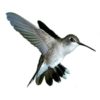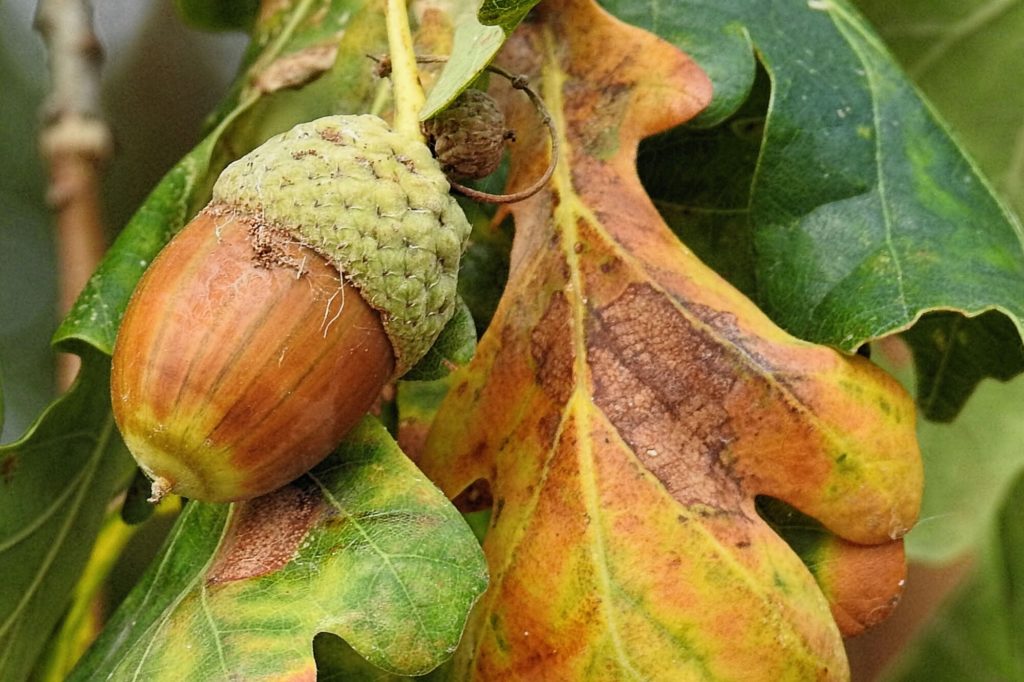Do you find it oddly satisfying to step on acorns from trees on your property? The Quercus Macrocarpa or bur oak is a common variety in Southern Maryland. Unfortunately, these beautiful trees are vulnerable to bur oak blight and many others.
If not correctly treated, it can kill the tree over time. Do you know what signs to watch for to identify bur oak blight disease?
Keep reading to learn how to recognize this disease. This guide will also discuss how it’s treated.
What Is Bur Oak Blight?
Bur Oak Blight”˜s (BOB) is a native fungal pathogen called Tubakia iowensis. It only attacks the small-acorn type of bur oak trees (Quercus macrocarpa var. oliviformis). Experts believe higher average spring rainfall over the past 25 years is increasing the incidence rate.
Is BOB Harmful to Trees?
Bur oak blight leads to progressive and serious leaf browning and loss. The pathogen becomes stronger over many growing seasons.
This weakens the tree making it more susceptible to other problems. One example is Two Lined Chestnut Borer which often causes death.
Are You Located in a High Threat Area?
Experts have positively identified this pathogen in a variety of states. Examples include Arkansas, Illinois, Maryland, and Minnesota, to name a few. Be alert in the Southern Maryland counties of Charles, Calvert St., Mary’s, and Anne Arundel.
The movement to other areas seems to be relatively slow. It’s thought that BOB needs very specific conditions to develop and survive. This may help limit its spread.
What Symptoms Signal Possible Bur Oak Blight Fungus?
First, it’s key to understand that a tree may show symptoms one year and not the next. Then you may find signs again the following year. Often, infections start in the lower part of the crown and then spread higher in future years.
It’s common to initially see healthy-appearing leaves. Later in July, August, and September, brown spots and veins appear. Eventually, it covers the entire leaf and causes curling.
Any new growth in September will also die from the fungus. During the winter and early spring, these brown leaves stay on the tree.
In the summer, the petioles (the leafstalk) stay attached. Black fruiting bodies, or spores, grow at the petiole’s base during the fall. These spores serve as carriers to reinfect the tree the next year.
Treatment For Bur Oak Blight
Today, scientists have developed effective treatments to achieve bur oak blight control. The expert injects a tree growth regulator regimen into the trunk.
The first treatment occurs between the initial leaf eruption and the first week of June. In late September to early October, it’s injected again to protect it into the spring.
This regimen helps the Bur Oak tree withstand the stress of BOB. You may also see fewer affected leaves. Further fungicidal treatments or insecticides help decrease Two-Lined Chestnut Borer from developing.
Ask the tree expert about the environmental safety of the chemicals they use. Choosing eco-friendly products reduces the negative impact on our planet.
Are You Noticing Tree, Shrub, or Pest Problems?
This article provided an overview of b
NEED HELP?
If you live in Southern Maryland, or Northern Virginia
FIND YOUR SOLUTION HERE
People, Pet & Pollinator Safe! Pest control for people who care.

